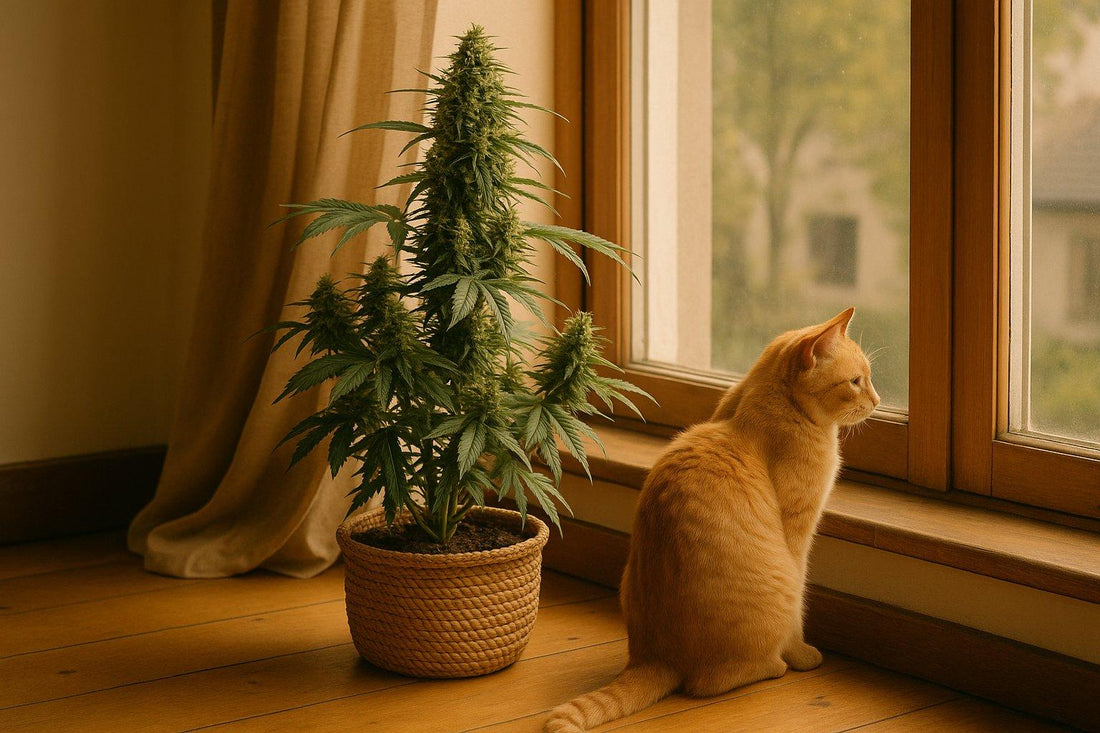
Germany legalized home cultivation - what can Finns learn from the new cannabis culture?
In April 2024, a law came into force in Germany that allows adults to grow cannabis at home. Although the law is not perfect or completely without contradictions, it is a historic step in Europe's largest economy. In this blog post, we will go through what the law means in practice – and what we could learn from it in Finland, where the topic is increasingly being discussed, even though the legislation is currently strict.
What was allowed in Germany?
Germany's new cannabis law (CanG, Cannabisgesetz ) allows:
-
no more than three flowering plants per adult
-
homeschooling for adults only
-
upbringing in one's own home , not visible to the outside
-
Use of the harvest only for personal consumption – no sales, no donations
-
membership in “cannabis clubs” that allow members to grow cannabis together
In addition, possession of cannabis has been decriminalized to a certain extent, and hundreds of thousands of previous criminal records have begun to be removed.
How does it work in practice?
In Germany, growers must have a space where the plants are not visible to passersby – for example, a lockable cabinet or room. Lawmakers emphasize that cultivation must be safe and controlled , and must not disturb neighbors with odor or visibility.
What can a Finn learn from this?
Even though homeschooling is not allowed in Finland, many things can still be looked at from the perspective of inspiration and preparation:
-
Responsibility first. In Germany, the responsibility of home growers has been emphasized: plants must not be accessible to children or openly displayed. A closed growing cabinet like Vilby is in line with this spirit.
-
Modularity and privacy. As legislation evolves in Europe, child-rearing solutions need to be easily adaptable and discreet. For example, Vilby 2 is designed to be placed as part of a normal room – without attracting attention.
-
A cultural shift is underway. In Germany, legalization has already changed attitudes towards cannabis: more and more people are talking openly about the hobby, cultivation and varieties. This has strengthened the sense of community – and Finland can prepare for a similar development.
-
Europe is leading the way. Malta, Luxembourg, Germany and Switzerland have already taken steps towards regulated home education. When we look at this development, it is not an exaggeration to say that Finland will follow suit at some point. Then it is good to be knowledgeable and experienced – even if it is still quiet.
Finally: freedom of education is also a responsibility
The German law is not perfect, but it provides a model for how home cultivation can be part of a functioning, safe and openly discussed cannabis culture. In Finland, growers still operate in the shadows, but expertise, inconspicuousness and responsibility create the foundation for the future.
When the time is ripe, it's better to be ready – with the breeding cabinet in order and the culture ambitious.
